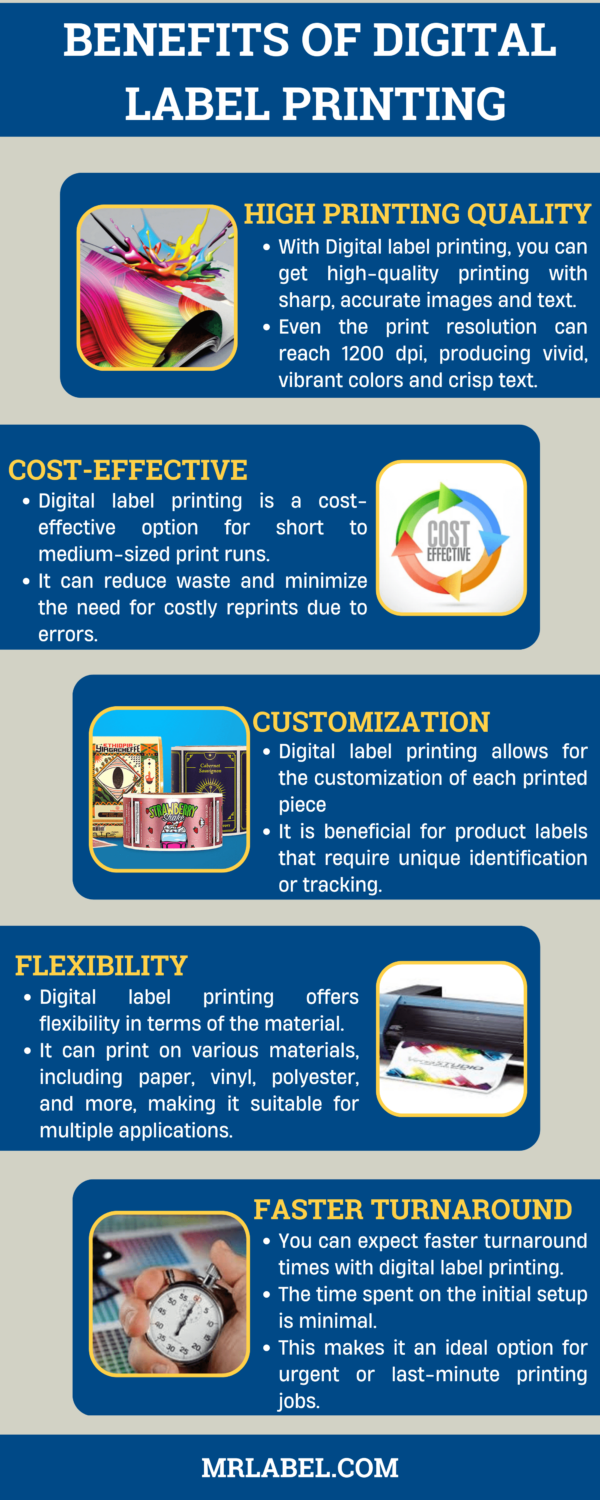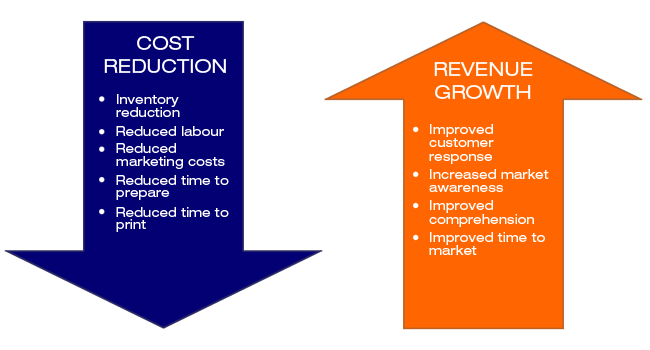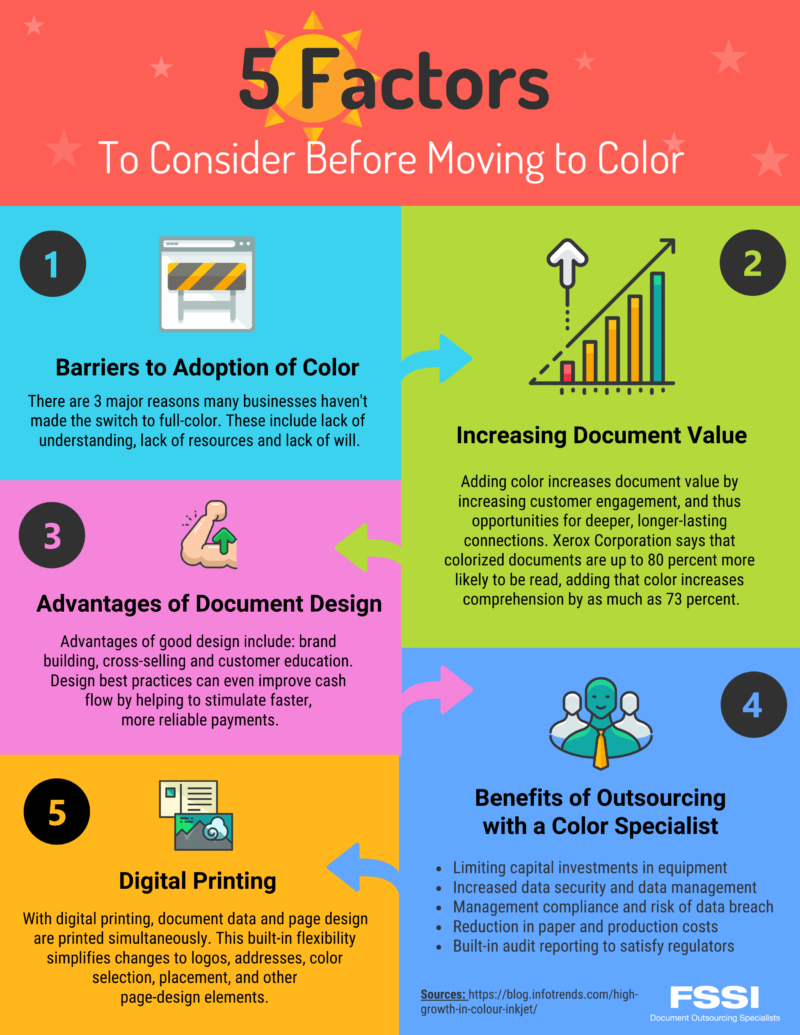Getting The Digital Printing To Work
Getting The Digital Printing To Work
Blog Article
The Best Guide To Digital Printing
Table of ContentsThe 10-Minute Rule for Digital PrintingThe Buzz on Digital PrintingOur Digital Printing DiariesOur Digital Printing StatementsGet This Report about Digital PrintingGetting My Digital Printing To Work
Variable information printing, such as direct mail with personalized codes and addresses, is preferably matched for electronic printing. Digital fast printing only requires four steps of design, testimonial, printing and binding to obtain whatever done. Digital quick printing has an unmatched benefit: print on need.According to PMMI, electronic printing enables brands and producers to react promptly to consumer demands while enhancing the supply chain, decreasing warehousing expense and waste, and enjoying faster time to market. That all audios great, but just how does this modern technology do all that? The significant differentiator of these technologies is that there are no set-up costs and no plates with electronic printing.
Digital Printing Fundamentals Explained
According to Wikipedia, the best distinction between electronic printing and conventional approaches such as lithography, flexography, gravure, or letterpress - Digital Printing is that there is no need to replace printing plates in electronic printing, whereas in these analog printing methods home plates are repetitively replaced. This causes quicker turnaround time and lowers price when utilizing electronic printing.
Speedy production indicates obtaining your item to market faster. It also implies it's less complicated and faster to make changes later on, when you change a recipe, include a SKU, or produce seasonal product packaging. Digital printing is extremely adaptable, so it's easy to make changes to the plan layout quickly. Everything returns to the plates.
With traditional printing methods, short-run printing is just not feasible. Due to the fact that a great layout can make or break your item, electronic printing regularly creates premium, clear and colorful graphics each time.
Digital printing is the procedure of printing digital-based pictures directly onto a selection of media substrates. There is no need for a printing plate, unlike with countered printing. Digital data such as PDFs or desktop posting data can be sent directly to the electronic printing press to publish on paper, image paper, canvas, material, synthetics, cardstock and various other substratums.
Indicators on Digital Printing You Need To Know
According to PMMI, electronic printing enables brands and suppliers to respond quickly to client demands while boosting the supply chain, decreasing warehousing cost and waste, and taking pleasure in faster time to market. That all noises go right here fantastic, but just how does this innovation do all that? The major differentiator of these technologies is that there are no set-up costs and no plates with electronic printing.
According to Wikipedia, the best difference between electronic printing and traditional methods such as lithography, flexography, gravure, or letterpress is that there is no need to replace printing plates in digital printing, whereas in these analog printing techniques home plates are repeatedly changed. This causes quicker turn-around time and decreases expense when utilizing digital printing.

A Biased View of Digital Printing
With standard printing techniques, short-run printing is just not possible. Because a terrific style can make or break your product, electronic printing continually produces high-grade, clear and vivid my blog graphics each time.

According to PMMI, electronic printing allows brands and makers to respond rapidly to customer demands while improving the supply chain, reducing warehousing price and waste, and delighting in faster time to market. That all sounds terrific, however just how does this modern technology do all that? The significant differentiator of these technologies is that there are no set up costs and no plates with digital printing.
Not known Incorrect Statements About Digital Printing
This results in quicker turnaround time and reduces expense when making use of electronic printing.
Digital printing is highly versatile, so it's simple to make adjustments to the package style promptly. It all goes back to the plates.

The Buzz on Digital Printing
Digital printing is the process of printing digital-based images directly onto a variety of media substrates. There is no need for a printing plate, unlike with balanced out printing. Digital data such as PDFs or desktop publishing files can be sent directly to the digital printing press to print on paper, photo paper, canvas, fabric, synthetics, cardstock and other substrates.
Report this page